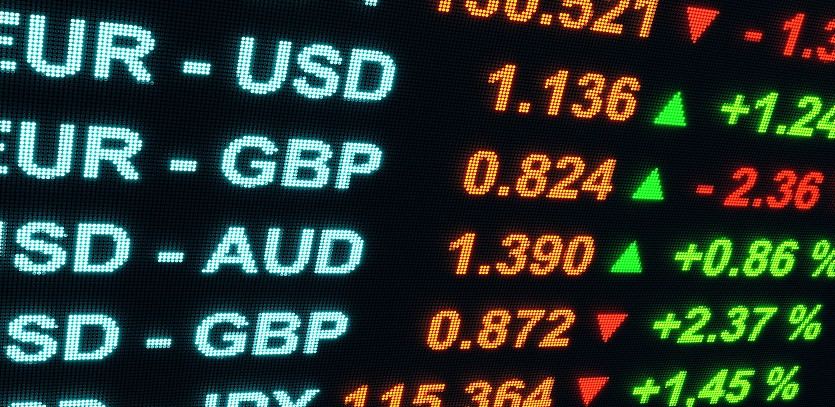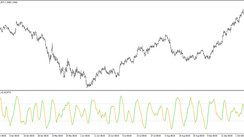Introduction
Unpredictable yet intriguing, volatile currency pairs represent a unique facet of forex trading. These pairs, characterized by significant price fluctuations over short time spans, owe their volatility to various elements, including economic announcements, political happenings, or even unforeseen natural catastrophes. While these pairs offer the tantalizing prospect of substantial returns, they're also accompanied by the potential for significant losses.
The Ripple Effect of Volatile Currency Pairs on Trading
The ebb and flow of volatile currency pairs have far-reaching implications on forex trading. These pairs bring an element of uncertainty, making it more challenging to foresee price trends, thereby heightening the possibility of incurring losses. However, the silver lining here is the chance to reap high rewards.
Selecting the Right Volatile Currency Pair for Trading
When it comes to selecting a volatile currency pair for trading, several aspects need careful scrutiny:
-
Economic fundamentals of the respective nations: The economic health and political stability of countries associated with a currency pair significantly affect its volatility. A currency pair involving a nation with robust economic performance and political steadiness tends to be less volatile than one associated with economically weaker and politically unstable nations.
-
Liquidity of the currency pair: The ease with which a currency pair can be bought or sold—its liquidity—plays a crucial role in trading. A currency pair with a large pool of buyers and sellers, hence high liquidity, facilitates smoother trading, while a less liquid pair may pose more challenges.
-
Trading costs: These costs, comprising fees levied by the broker for buying or selling the currency pair, can vary between brokers. It's crucial to compare these costs before zeroing in on a broker.
Strategies for Trading Volatile Currency Pairs
-
Implementing a stop-loss order: A stop-loss order, which automatically triggers the sale of your currency pair when its price drops below a predefined level, can help curtail losses if the market moves against your expectations.
-
Employing a trailing stop-loss order: This type of order adjusts in tandem with the currency pair's price, enabling you to secure profits when the market trends favorably.
-
Crafting a risk management strategy: This involves devising a strategy to mitigate risk when trading volatile currency pairs. The strategy should factor in aspects like your risk tolerance, the types of orders you intend to use, and the time you plan to allocate for trading.
Forecasting the Future of Volatile Currency Pairs
Predicting the future trajectory of volatile currency pairs isn't straightforward. Factors like global economic trends, political occurrences, and natural disasters can influence their volatility. Nevertheless, it's safe to assume that volatile currency pairs will continue to be part of the trading landscape.
Expert Views on Volatile Currency Trading
Opinions among experts vary when it comes to volatile currency trading. Some caution against it, arguing that it's a high-risk venture best suited for seasoned traders. Conversely, others maintain that while it can be profitable, careful execution and vigilant risk management are essential.
Conclusion
Despite their unpredictable nature, volatile currency pairs present lucrative opportunities for traders, balanced with an equally high potential for losses. Hence, a thorough understanding of the factors covered in this article is essential before venturing into trading these currency pairs.





